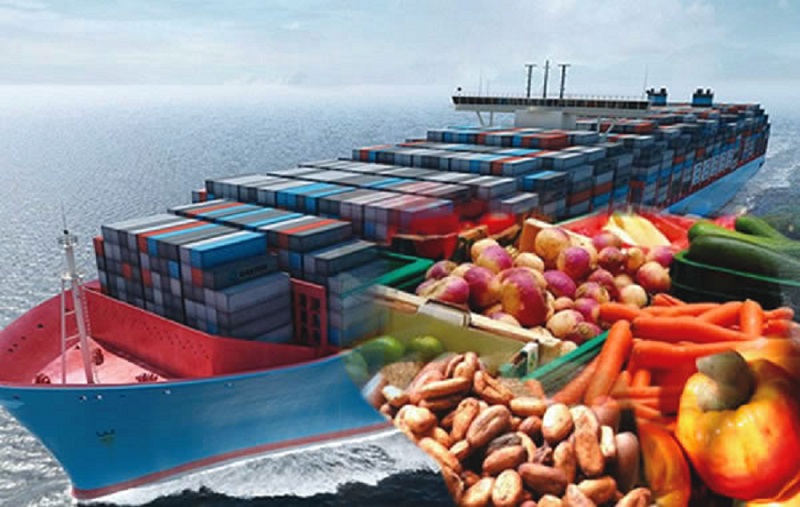Trade between Nigeria and Russia valued at over $2 billion is at risk as the war between Russia and Ukraine intensifies. Nigeria also stands the risk of suffering from significant food shortages and uptick food inflationary pressure, following the war, which broke out last Thursday.
The war started after the President of Russia, Vladimir Putin ordered the invasion of his troops into Ukrainian territories, thereby causing several casualties in the area having camped at Ukrainian borders for weeks.
Russia happens to be a powerhouse in the global economy, being one of the largest exporters of crude products, coupled with its impact in the energy sector, representing one of the biggest producers of natural gas in the world. Russia is also big on commodity exports.
Read: Inflation Nightmare: What Russian invasion of Ukraine could mean for your energy bills
Effect of sanctions
The recent invasion by Russia has led to various sanctions by the western economies, with trade and other agreements put on hold.
- For example, the president of France, Emmanuel Macron, and European Commission president, Ursula von der Leyen have both issued sanctions on the Russian economy, aiming at the financial, energy, and transport sectors of the contribution, without exempting its export controls and trade financing bans.
- However, Russian president, Putin warned business leaders in the country to work in solidarity with the government, knowing fully well that further restrictions would be placed on the economy.
Read: Russia-Ukraine crisis: Lessons Nigeria can learn
Sanctions could ricochet on Nigeria
Meanwhile, the recent sanctions are expected to affect Nigeria’s import capacity as Russia also plays an important role in our international trade.
- Russia is one of Nigeria’s top sources for its imported items, especially food items.
- A cursory glance at the foreign trade report from the National Bureau of Statistics (NBS), Nigeria imported goods valued at N813.19 billion (over $2b annualised) between January and September 2021, representing 3.7% of Nigeria’s total import in the same period.
What Nigeria imports from Russia
Although refined petrol product accounts for most of Nigeria’s import bill, a major item that is ever-present on the list of top import items is durum wheat, which is mostly imported from Russia.
- According to the Central Bank of Nigeria (CBN), wheat is the third most widely consumed grain in the country.
- A further look at the data shows that Nigeria imported durum wheat worth over N128.1 billion in the 9-month period of 2021, while it recorded a N144.14 billion durum wheat import in the previous year.
- Also, Nigeria imports different types of seafoods from Russia, some of which include mackerel, meat, herrings, blue whitings, other fish, all in frozen form. It is also worth noting that Nigeria imported vaccines for human medicine from Russia in Q4 2020.
On the other hand, while Russia is a major trade partner with Nigeria, Ukraine has also been involved in trade with Nigeria in the past, as it imported milk preparation worth N721.45 million in Q1 2021, according to information from the NBS.
Read: Russia-Ukraine crisis: Nigeria not comfortable with high oil prices, prefer $70-$80 range – Sylva
What this means for Nigeria
Nigeria is a huge consumer of wheat products, with its local production only accounting for just 1% of the 5 to 6 million metric tons consumed annually, while we rely on importation to meet local demands.
- The demand-supply gap has necessitated the spending of over $2 billion on wheat importation annually, representing the second highest contributor to the country’s food import bill.
- The downside to the war is that if supply from Russia is distorted for whatever reason, Nigeria could be faced with further surging wheat prices in its local market as a result of supply gap, which could lead to an increase in the price of some other by-products of wheats, such as bread, wheat meal amongst others.
- On the upside however, this could force Nigeria into expanding its local wheat production as the Central Bank continues to disburse funding to farmers across the country, which is yet to yield obvious desired results.
